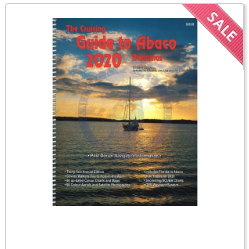For oil and
petroleum industry, safe carriage and handling of crude oil and petroleum
products at terminals and on tankers is of utmost important. Failing to do so
can result in devastating consequences and may lead to loss of resources. To ensure
that, ISGOTT
6th Edition is a guide that provides operational advice to directly
help professionals involved in tanker and terminal operations, including
guidance on a few aspects of tanker and terminal operations and how they should
be managed.
First published in 1978. ISGOTT combined the information
mentioned in the ‘Tanker Safety Guide (Petroleum)’, issues by the International
Chamber of Shipping (ICS), and the ‘International Oil Tanker and Terminal
Safety Guide’, published by the Oil Companies International Marine Forum
(OCIMF).
In producing ISGOTT 6th Edition, the content has been
meticulously reviewed by the ICS and OCIMF, along with the International
Association of Ports and Harbors (IAPH), to make sure that ISGOTT continues to represent accurate
current practice and legislation. The guide consists of four sections, namely
General Information, Tanker Information, Terminal Information, Management of
the Tanker and Terminal Interface.
For people in oil
and petroleum industry, taking help from
ISGOTT 6th Edition can be of great advantage as it
can teach them about industry safety regulations and measures to take when
handling oil and petroleum products.
If you are looking for ISGOTT 6th Edition, American Nautical Services is a place you should consider heading
to as it can provide you with ISGOTT 6th Edition at the best market
price.



